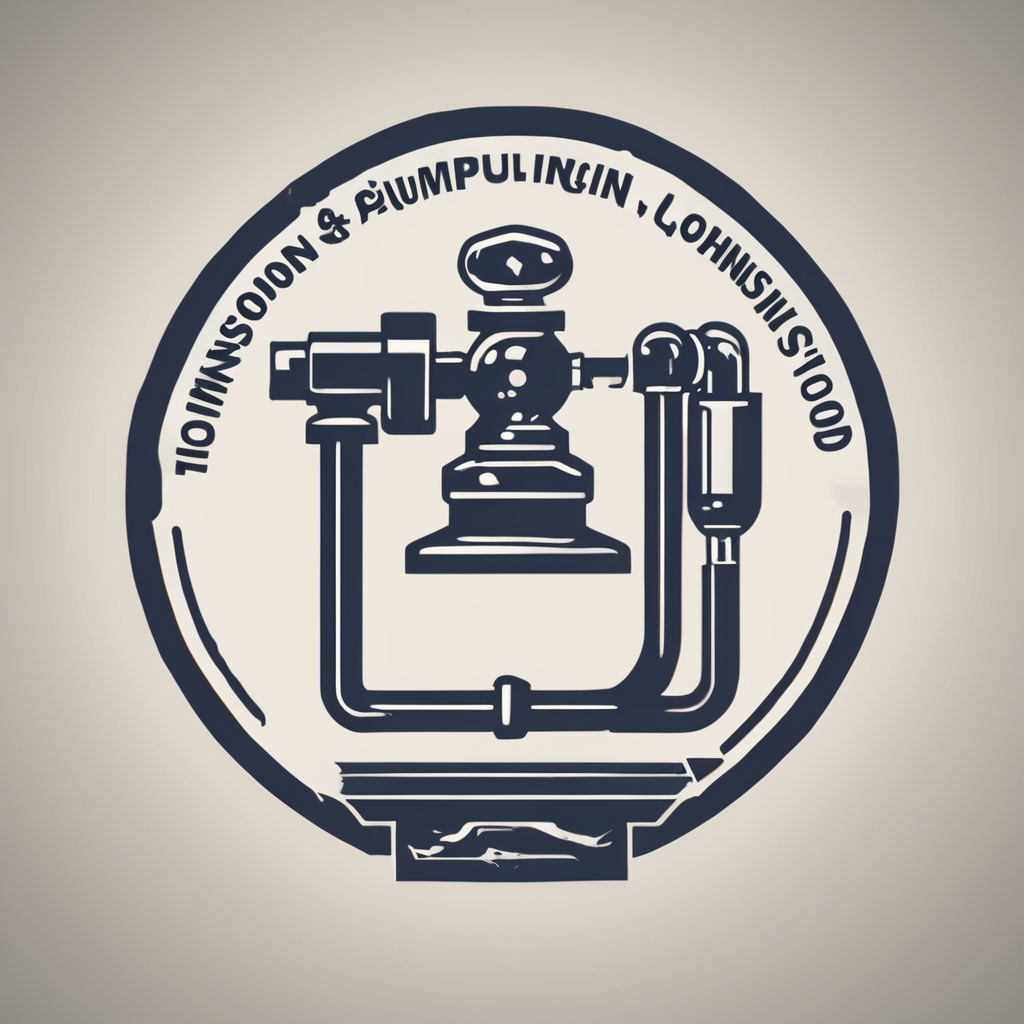Proven Preservation Methods for Historic Woodwork
Preserving historic woodwork demands a careful balance of manual techniques and traditional materials to maintain authenticity. Experts emphasise the importance of using original methods such as hand-planing, gentle sanding, and natural fillers that match the wood’s composition. These authentic restoration methods help keep the historic property’s character intact while preventing unnecessary damage.
Regular inspection is critical. Applying a customised maintenance schedule tailored to the property’s specific environmental conditions helps catch issues like minor cracks or surface wear early. For example, seasonal checks for humidity changes can prevent hidden deterioration. This proactive approach allows early intervention, preserving the woodwork long-term.
Additional reading : Top flooring selections for uk homes: ideal choices for pet-friendly and high-traffic areas
Modern preservation approaches can be integrated without compromising authenticity. Using advanced but reversible treatments, such as moisture-stabilising consolidants, enhances durability while respecting traditional craftsmanship. The key is ensuring all additions are compatible and minimally invasive. Balancing historic property care with discreet technological aid offers effective, sustainable preservation of priceless wood features.
Protecting Against Common Threats to Woodwork
Moisture damage remains a primary concern in woodwork preservation for historic properties. Effective barriers, such as breathable membranes, coupled with proper ventilation, reduce condensation and dampness that lead to wood rot. Maintaining airflow behind wooden panels or beneath flooring is essential to prevent trapped moisture accelerating decay.
Additional reading : Top long-lasting and secure materials for designing your perfect suburban garden playground in the uk
Pest prevention is equally vital. Timely identification of infestations like woodworm or termites allows early, targeted treatments that limit structural harm. Techniques include manual removal of larvae and application of conservation-grade insecticides that are non-invasive and safe for historic timbers. Regular inspections enable rapid detection before pests cause significant damage.
Weatherproofing techniques tailored to the UK climate bolster protection. Applying suitable water-repellent finishes guards exterior woodwork from rain and fluctuating humidity. Installing discreet protective features, such as overhanging eaves or weather-stripping around windows and doors, minimizes exposure to harsh elements without compromising aesthetic integrity.
Together, these strategies form a comprehensive defence system. They ensure that woodwork preservation prevents deterioration while aligning with overall historic property care principles. Incorporating moisture control, pest mitigation, and preventive weatherproofing safeguards wood’s longevity and authentic appearance effectively and sustainably.
Selecting Conservation-Grade Products
Choosing the right conservation products is essential in woodwork preservation to maintain both durability and authenticity. Opting for suitable finishes such as natural waxes and oils that complement historic timbers ensures protection without altering original textures or colours. These finishes help repel moisture and inhibit decay while remaining visually unobtrusive.
Non-invasive, reversible treatments are preferred since they allow future restorers to remove or adapt applications without damaging the woodwork. This approach respects the integrity of historic property care by prioritising minimal intervention and long-term sustainability.
Sourcing UK-approved materials guarantees compliance with local standards, promoting the use of ethically manufactured, high-quality conservation products designed for heritage applications. For example, timber consolidants that penetrate deeply yet preserve breathability support wood strength without sealing in moisture — a critical balance.
Ultimately, experts recommend frequent evaluation of applied treatments to ensure ongoing efficacy and compatibility. Employing such careful product selection practices prolongs the lifespan of traditional wood elements while honouring the principles of authentic restoration methods fundamental to historic woodwork preservation.
Legal and Heritage Considerations in the UK
When undertaking woodwork preservation on historic properties, securing listed building consent is crucial. UK property law mandates this approval before any alterations affecting character or fabric. Failure to comply can result in legal penalties and jeopardise restoration efforts.
Understanding and following heritage guidelines set by Historic England and local authorities ensures that interventions respect the property’s historical significance. These frameworks outline permissible materials and methods consistent with authentic restoration methods. Early consultation with conservation officers can streamline approval and advise on suitable techniques.
Thorough documentation and record-keeping are essential throughout the project. Detailed records of treatments, materials used, and inspection reports provide transparency and support future maintenance, aligning with historic property care principles. Precise documentation also aids in demonstrating adherence to legal requirements during audits or sale transactions.
In summary, knowledge of UK heritage laws and collaboration with regulatory bodies underpins responsible preservation. This legal framework safeguards the historic value of woodwork while guiding owners on ethical and compliant restoration practices.
Proven Preservation Methods for Historic Woodwork
Preserving historic woodwork relies heavily on authentic restoration methods that prioritise traditional materials and manual techniques. Skilled craftsmen use hand tools like planes and scrapers to gently treat surfaces, ensuring original features remain intact. Selecting natural fillers and adhesives matching the historic timber’s composition avoids introducing harmful chemicals, maintaining the wood’s structural and visual integrity.
Regular inspection is vital for successful woodwork preservation. Experts recommend developing a customised maintenance schedule adapted to the property’s unique environment to detect issues like minor cracks or fungal growth early. Seasonal reviews help track changes caused by humidity fluctuations or temperature variations, enabling timely, minimally invasive repairs.
Integrating modern technologies enhances durability without sacrificing authenticity. For instance, reversible consolidants stabilise weakened wood fibres while allowing future restorers to remove treatments if necessary. These contemporary solutions complement traditional practices when applied judiciously, balancing the requirements of historic property care with evolving preservation science to safeguard treasured woodwork for generations to come.

